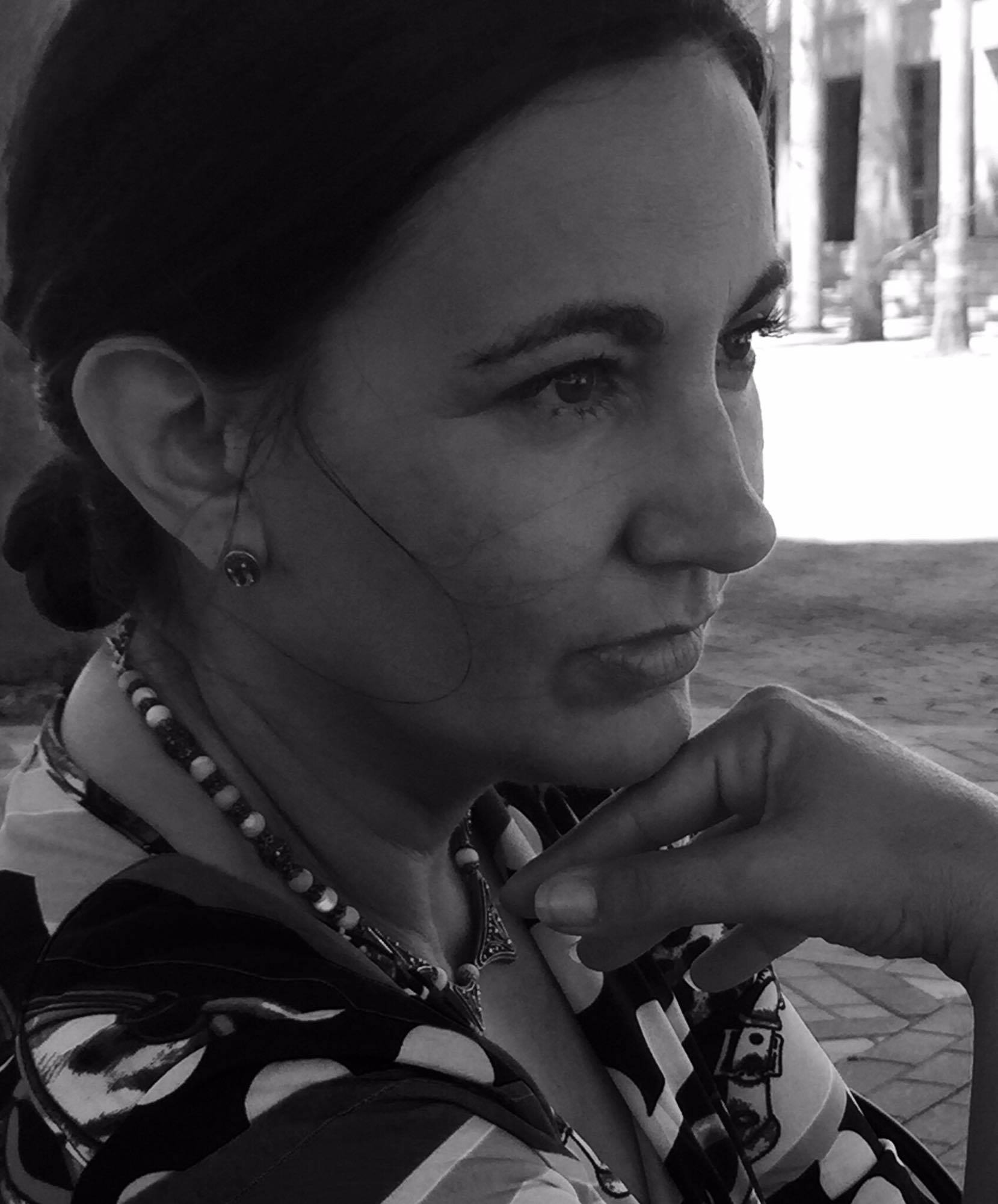In Focus: Alexandre Arrechea’s Tied Stone
Last month, Fredric Snitzer Gallery presented Tied Stone, the latest solo exhibition by Alexandre Arrechea (Trinidad, Cuba, 1970). With purified simplicity, the show took as its starting point the concept of the fragment as a self-contained entity that, emancipated from any connection, becomes an archetype unto itself, independently generating new values and references.
Tied Stone takes its title from the work that seems to be the cornerstone of the exhibition and the artist’s rhetorical trope. The work is made of ten impeccable concentric aluminum circles that hold, as if in a niche, an irregular and translucent fragment of glass. In this sense, the work emerges like an unavoidable metonymy. Evoking successive earthly cloaks (exactly ten), the gradated spherical layers are the perfect container for the inner nucleus: a hard, brittle, and transparent raw fragment.
One of the most archaic materials, glass embodies the four elements of the state of matter—earth, water, air and fire—venerated since ancient times and representing, from a metaphysical point of view, rebirth and transformative strength. Aluminum, among the rarest and most precious materials of the 19th century (more precious than gold and silver), has played a vital role in 20th-century construction and industry, transforming the physiognomy of the Industrial Revolution (iron and crystal architecture) into the new architectural typology (skyscrapers) that, making an appearance in the 1920s, marked a new turn in global urban history.
In Arrechea’s work, architecture is an anchor-point for a meditation on contemporary identity and its dysfunctionality. The work Tied Stone appears to be the key or portal to the rest of the show. Its own fragmentary condition and the wave effect that animates it are essential to the piece itself and to the rest of the works that support it.
In this sense, Arrechea highlights Vulcan, 2016, a watercolor of colossal dimensions, presiding over a prominent wall in the central gallery. This work introduces iron as an alternative to time—and as a reference to art history and the figure of Hephaestus (a self-portrait?). Composed of concentric circles like Tied Stone, Vulcan simultaneously manifests the capacity for both construction and destruction.
Interested in the dissection of the fragment as a self-sufficient entity, Arrechea presents several works—Blue Fragment, Gray Fragment, Black Fragment, Thelonius—that force us to venture beyond the surface of the object, going behind the scenes, as it were, to focus on their inner essence. The same intention dominates in watercolors like Reunion and Recent Trip to London (both 2016).
In this show, Arrechea seems to advance to a sort of “augmented reality,” but one that redirects our focus to the physical world. Its fragments, like perpendicular cuts, encourage us to look beyond the surface to advance, layer after layer, towards the core, refocusing our perception and our position in the environment we inhabit.
Tied Stone is a visual haiku of elegant clarity and minimal resources, a purified message in which the fragment and the wave are enough to create a disturbing mystery to unravel, or perhaps an ouroboros—the ancient symbol of perpetuity, the snake devouring its own tail.
Alexandre Arrechea: Tied Stone was presented at Fredric Snitzer Gallery November 4–26, 2016.
Janet Batet (b. Havana, Cuba) is an independent curator, art critic, and essayist currently living in Miami. She is a former researcher and curator at the Centro de Desarrollo de las Artes Visuales (Development Center of Visual Arts) and a former professor at the Instituto Superior de Arte (Higher Institute of Art), both in Havana. She is passionate about contemporary art, Latin American art, and new technology. Her articles on art practices are regularly published in Art Nexus, Art Pulse, Arte al Dia, Art Experience: NYC, and El Nuevo Herald, among others.


